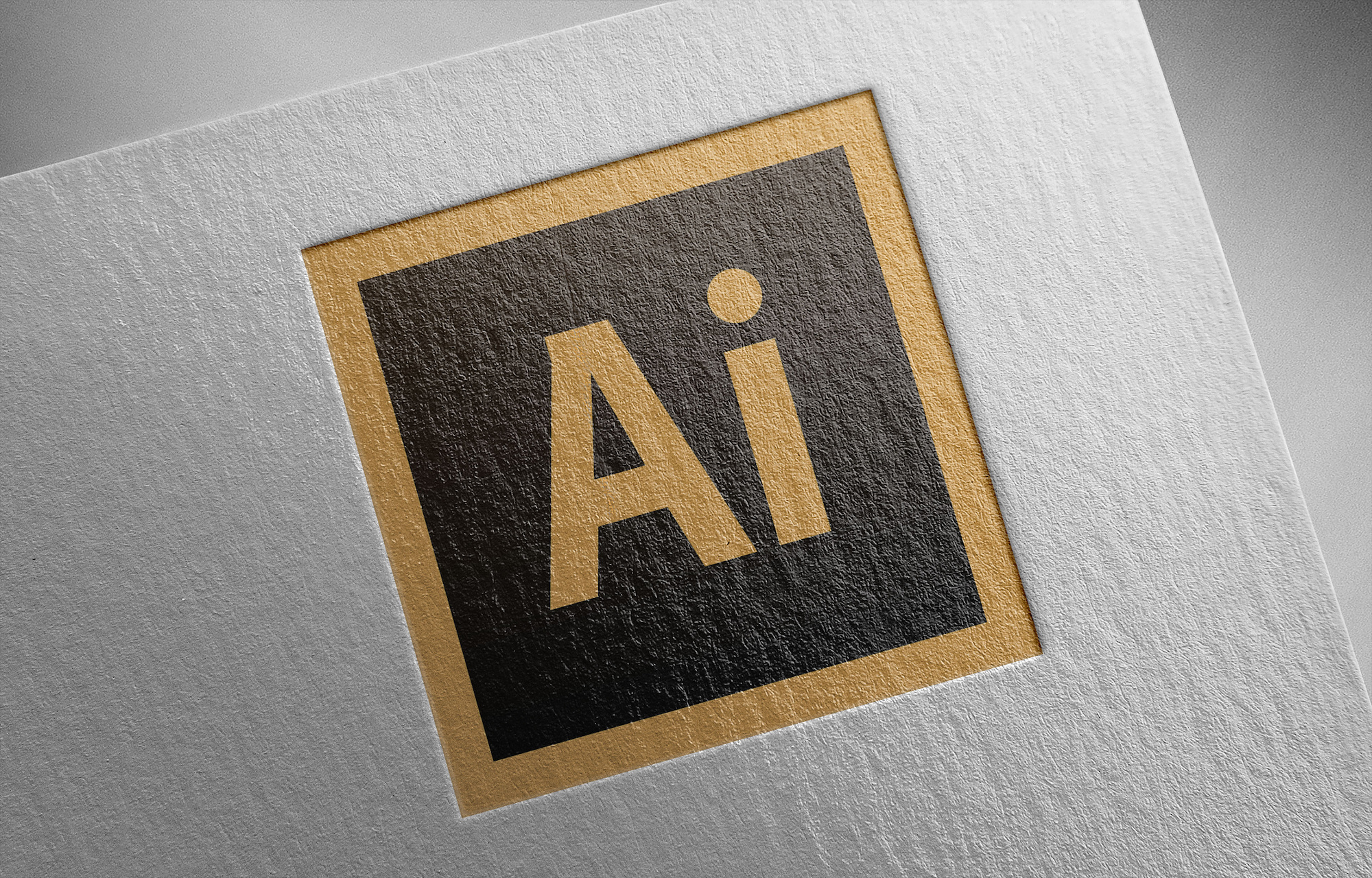How to Make Background Transparent in Adobe Illustrator
By Charlie
Published June 15, 2023
 How to Make Background Transparent in Adobe Illustrator
How to Make Background Transparent in Adobe Illustrator
In the digital design arena, Adobe Illustrator emerges as a beacon for creators, offering a robust platform for crafting vector-based graphics. Mastery in Illustrator transcends mere design creation; it encompasses the nuanced skill of removing backgrounds to imbue designs with unmatched versatility. This capability allows your creations to blend flawlessly across diverse backgrounds, elevating their adaptability. Whether it's for logos, web graphics, or detailed illustrations, learning to make the background transparent in applications like Illustrator is essential. This guide will walk you through the process, ensuring your designs achieve the sophistication and flexibility needed in the dynamic world of digital art.
Illustrator and Its Versatile Capabilities
Adobe Illustrator is an industry-standard vector graphics software that empowers users to create stunning designs, logos, typography, and illustrations for various mediums, from print to web to video. What sets Illustrator apart from many other graphic design tools is its versatility and precision.
A key functionality of Illustrator includes the creation of PNG images with transparent backgrounds, a feature vital in design projects. Additionally, Illustrator supports the creation of scalable SVG images, maintaining clarity and resolution across different sizes. Now, let's delve into the steps to make a background transparent in Illustrator.
Step-by-Step Guide: Making Background Transparent in Illustrator
- Open Illustrator: Launch Adobe Illustrator on your device. You'll be greeted by the Home screen.
- Create a New Document: Click on "Create New" on the Home screen, then define the dimensions for your artwork.
- Understand Artboard: Unlike other graphic design tools, Adobe Illustrator uses an 'Artboard' as the working area. By default, Illustrator's Artboard does not have a colored background, making it essentially transparent.
- Create Your Design: Use Illustrator's various tools and features to create your design. Note that the elements you create will be the only objects visible in your final image, due to the Artboard's transparent background.
- Save Your Design with a Transparent Background: Go to 'File' > 'Save As'. In the 'Save As' dialog box, choose a location, then select 'Adobe Illustrator (ai)' as the file format. Click on 'Save'. In the 'Illustrator Options' dialog box that appears, ensure 'Preserve Illustrator Editing Capabilities' is selected, then click 'OK'.
- Export Your Design: If you need your design in a format other than '.ai', go to 'File' > 'Export' > 'Export As'. Choose the desired format (like PNG or SVG), select 'Use Artboards', and click 'Export'. In the options dialog box, set the 'Background Color' as 'Transparent', then click 'OK'.
These steps should guide you through the process of creating a design with a transparent background in Illustrator.
Tips and Tricks to Enhance Your Design
- When creating your design, make sure to not add any objects or fill colors to the Artboard unless they are part of your final design.
- Use layers to organize your work effectively. Layers can help you easily manage different parts of your design.
- If you're saving your design as a PNG, ensure you select 'High' under the 'PNG Options' resolution settings for the best quality.
Beyond Illustrator: Other Applications
While Illustrator is a powerhouse for vector design, transparency is a versatile skill applicable across various design applications. Here are brief mentions of how to achieve similar results in other popular tools:
Each application has its unique steps and tools for achieving transparency, enriching the design process across different platforms and projects.
Conclusion
Knowing how to make the background transparent in Illustrator opens up a world of possibilities for your designs. Whether you're creating logos or intricate illustrations, this skill will significantly enhance your design capabilities.
Now that you've learned this vital skill, you're well on your way to creating stunning designs with Adobe Illustrator. So, unleash your creativity and start designing!
Frequently Asked Questions
Can I make the background of an existing image transparent in Illustrator?
Yes, you can use the 'Clipping Mask' or 'Opacity Mask' feature in Illustrator to make the background of an existing image transparent.
How do I ensure my design's background remains transparent when exporting it?
When exporting your design, remember to select 'Transparent' as the 'Background Color' in the options dialog box.
I've exported my design as a JPEG, but the background isn't transparent. Why is this happening?
JPEG doesn't support transparency. If you need a transparent background, consider exporting your design in PNG or SVG format.
What is the advantage of having a transparent background in my design?
A transparent background gives you the flexibility to place your design on various backgrounds without a white or colored box surrounding it.
How can I check if my Illustrator Artboard is transparent?
Illustrator Artboards are transparent by default. If you export your file correctly, as described above, any areas of the Artboard without objects will be transparent.